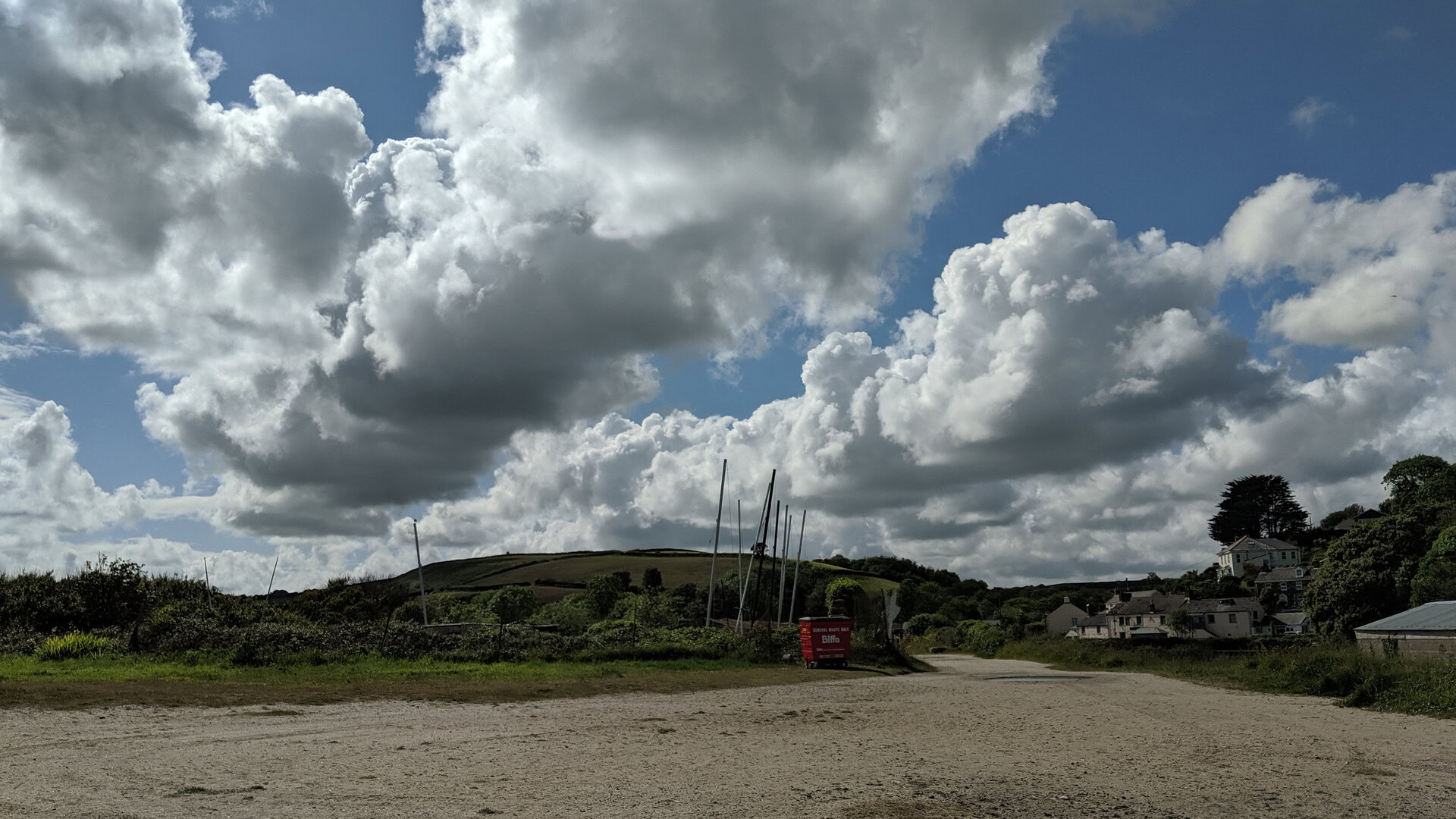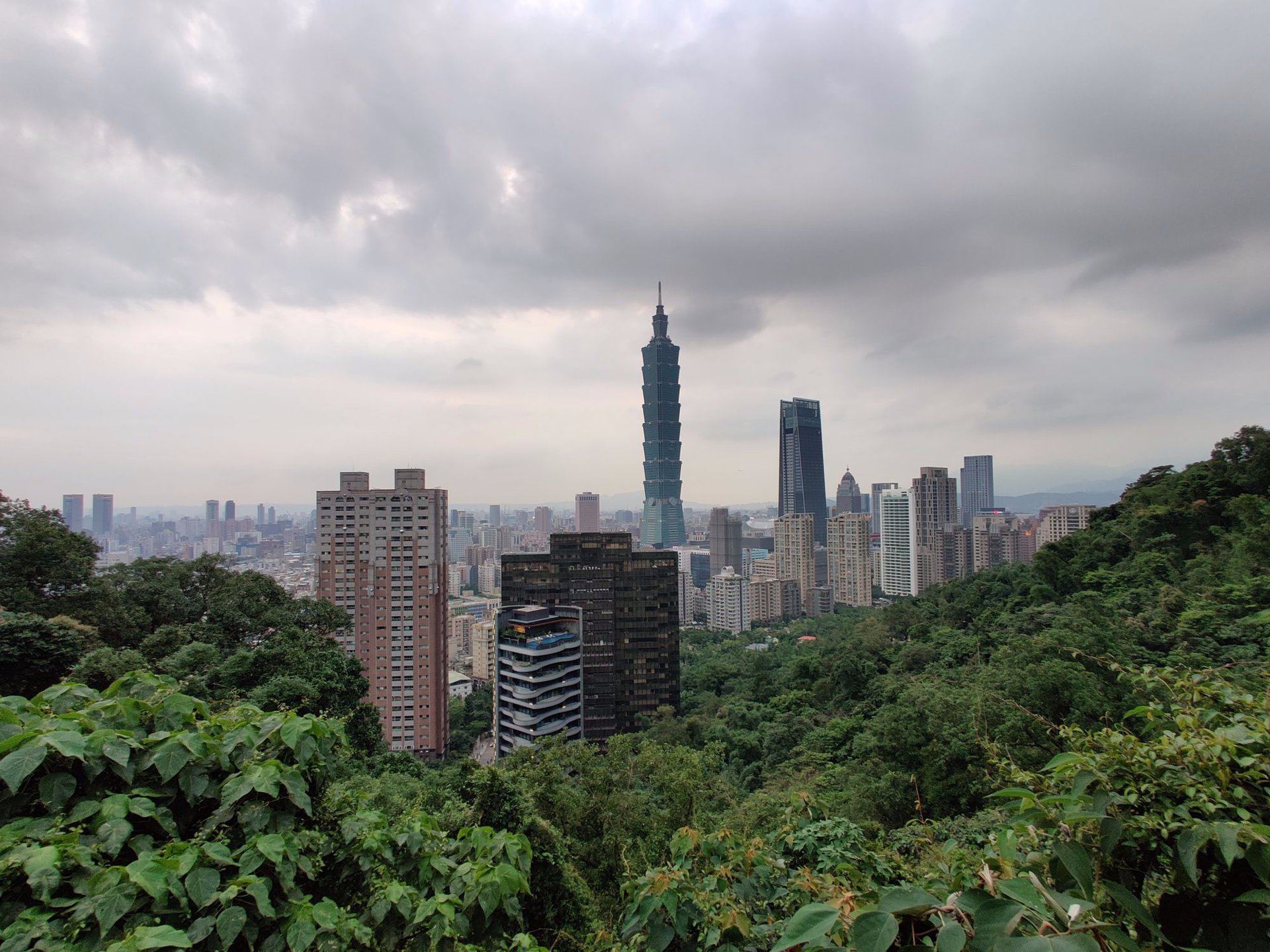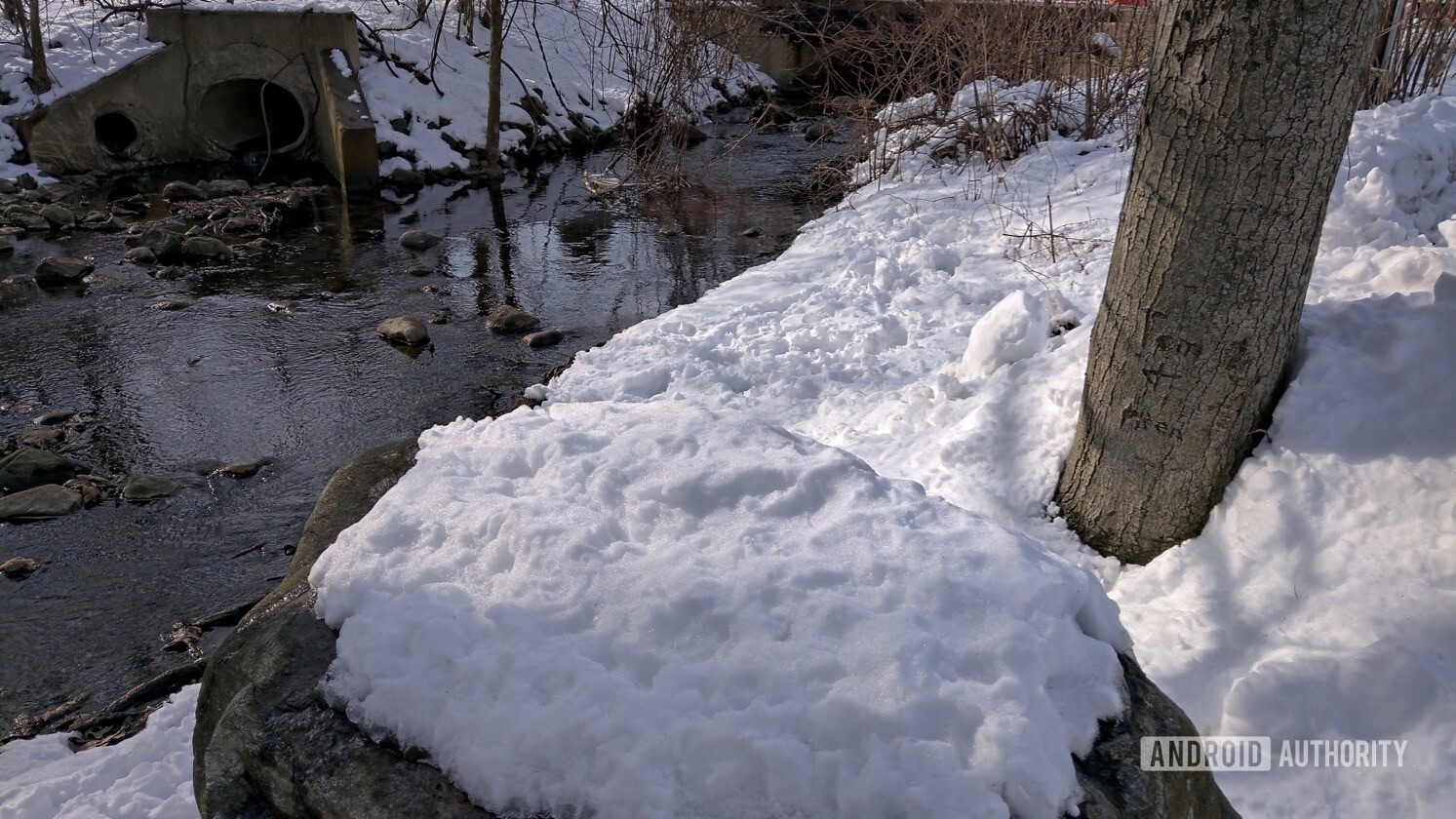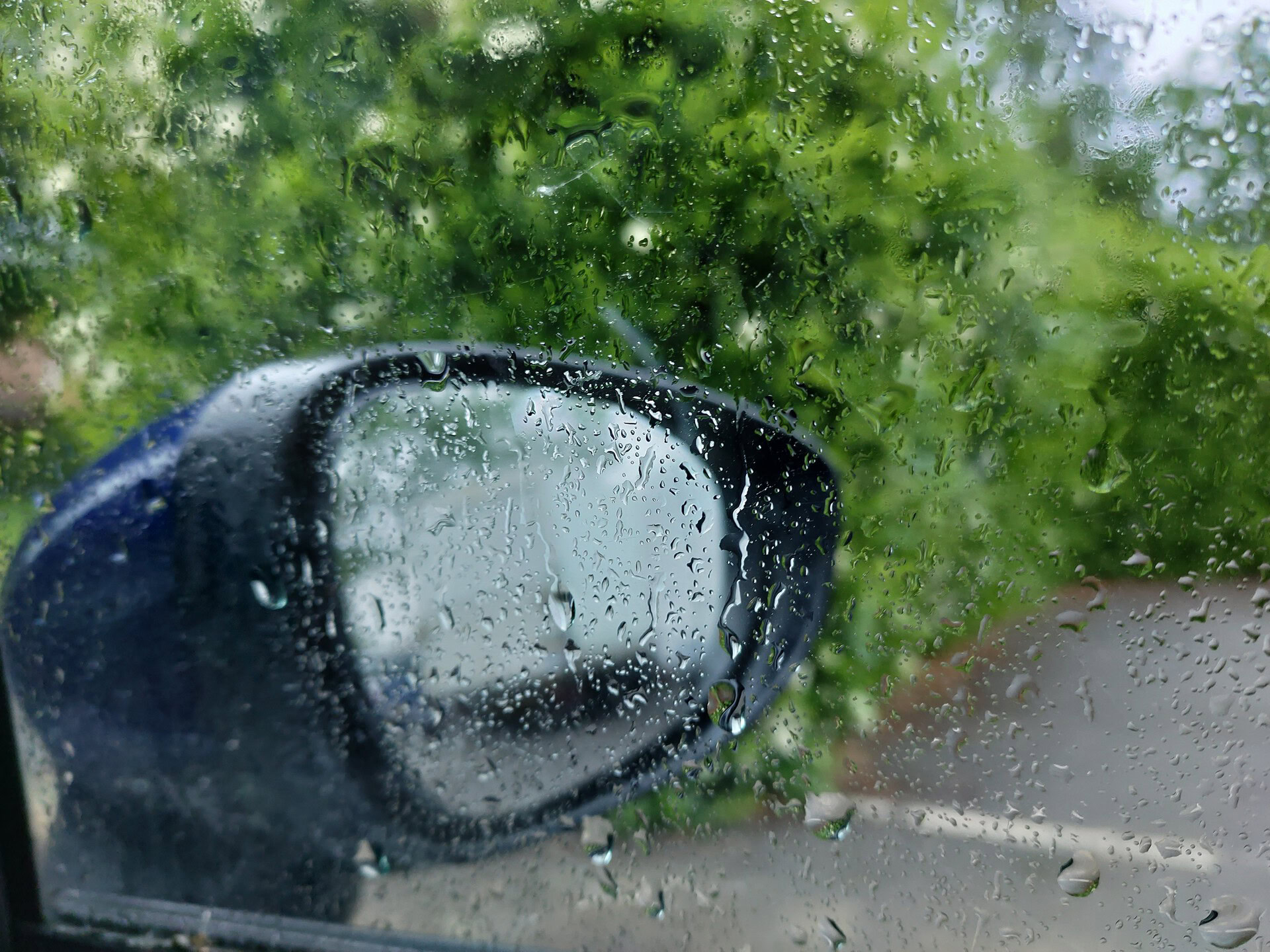Affiliate links on Android Authority may earn us a commission. Learn more.
Did you know you could get a job controlling the weather?

The world is changing, and with it so too are the kinds of jobs that we can expect to perform in the coming years. Nothing exemplifies this more than weather control, which couldn’t sound more science fiction!
That’s right, it is now possible to get a job in weather modification, meaning you’ll be paid to alter the weather through the use of technology. And while more jobs are opening up in this field than ever before, what might surprise you is that this is a practice that has actually been around for quite some time.
You'll be paid to alter the weather through the use of technology.
Let’s take a look at what weather control entails, how it relates to climate engineering, and whether it might represent a career option for you in the next decade or two.
What is weather control?
Weather control is also known as weather modification. As the name suggests, this is the act of manipulating the weather; whether by causing events such as rain, or attempting to prevent them. This is useful for a variety of reasons.
Let’s take a look at some examples of weather modification to see how this might work.
Cloud seeding
One common example of a weather control technique is cloud seeding, which was discovered by Dr Vincent Schaefer in 1946. In fact, cloud seeding has actually been used in the Rocky Mountains and Sierra Nevada since the 1950s!

This method is designed to enhance precipitation (make it rain) through the use of particles of compounds like silver iodide sprayed into clouds. These particles allow the icy water particles to condense and therefore fall as rain.
Cloud seeding is far from an exact science. It cannot create clouds, but merely aims to increase the chance of rain from existing clouds. In fact, one report by US researchers from 2003 went as far as to suggest that seeding actually had little impact on rain at all!
More promising was a report from The Wyoming Weather Modification programme that concluded seeding could increase precipitation by 5-15%. The Texas Department of Licensing and Regulation reported that seeding could extend the duration of rain storms by as much as 20 minutes.
Seeding could extend the duration of rain storms by as much as 20 minutes.
Despite uncertainty, the technology continues to improve and today seeding is used commonly in drought-prone countries including China, India, the Russian Federation, and the United States.
Storm prevention
Numerous attempts have been used to control and prevent storms. This can in turn prevent property damage, flooding, and injury. There have been numerous attempts and strategies to prevent storms, again stretching back to the 1950s. One example was Project Stormfury, which aimed to weaken tropical cyclones by flying aircraft directly into them and seeding the eyewall using the same silver iodide. Generally, the results of these techniques were considered inconclusive.
Project Stormfury aimed to weaken tropical cyclones by flying aircraft directly into them.
More successful was an attempt in the 2000s using a patented polymer called Dyn-O-Gel. 9,000lbs of this substance was dropped into a thunderstorm off the East of Florida using a B-57bomber, successfully bringing it to a halt. However, this program was shut down in 2003.
The National Oceanic and Atmospheric Administration (NOAA) has proposed many more means of storm control, including the use of lasers to discharge lightning. Soot has been suggested to absorb sunlight and alter air temperature. Another option is to pour liquid nitrogen into the sea to reduce heat energy from hurricanes.
Weather control has an obvious military application.
Farmers have long used “hail cannons” and “hail rockets” that create giant shockwaves in an attempt to prevent hail, though there is no concrete evidence that this technique is effective.
Weather warfare
Cloud seeding could be used to explode an atomic weapon.
Weather control has an obvious military application, although the Environmental Modification Convention (ENMOD) signed at Geneva in 1977 potentially limits this practice.
Prior to the agreement, one example of weather warfare was “Operation Popeye.” This project allegedly saw the U.S. military use cloud seeding to increase rainfall over the Ho Chi Minh trail by as much as 30% between 1967 and 1968. The UK reportedly carried out similar experiments referred to as “Project Cumulus” between 1949 and 1952.

A British air ministry meeting conducted in 1953 discussed whether cloud seeding could be used to “explode an atomic weapon.”
Despite ENMOD, many countries continue to research weather control for military purposes.
Commercial applications for weather control
There is obvious application for weather control in the commercial market. One company, called Oliver’s Travels claims that it can guarantee perfect weather on your wedding day by using cloud seeding in order to “burst” clouds.
The company is UK-based (this is called a “go to market” strategy – it always rains in the UK!) and charges £100,000 for its service.

However, the company’s claims are tenuous. An enlightening post at The Atlantic quotes Bruce Boe, vice president of modification at Weather Modification, Inc., as stating that no company should be able to “guarantee” clear skies.
“We don’t believe there’s a way to reliably prevent precipitation,” he said. “We’re a little surprised someone else thinks they can.”
The future of weather control
With all this in mind, what is the future of weather control?
Despite the uncertainty surrounding the effectiveness of these techniques, countries continue to invest large amounts into weather control infrastructure, largely for seeding.
Last year, China launched the world’s largest weather-control machine.
In 2016, 56 countries were known to be using cloud seeding. Last year, China launched the world’s largest weather-control machine, capable of manipulating weather across an area as large as Alaska. The objective is to increase rainfall across the Tibetan Plateau.
The scale of this project has caused some alarm, with concerns that it constitutes geoengineering.
Geoengineering, aka climate engineering, goes one step further than weather control by seeking to cause long-term change to the climate. This raises many ethical questions, not to mention concerns regarding unforeseen consequences and knock-on effects.

These issues exist even with localized weather control techniques. In 1947, a U.S. hurricane was seeded with 102kg of dry ice. Rather than stopping the hurricane in its tracks, this actually led to more severe damage when it landed in Georgia. The responsible General Electric corporation was sued for damages.
In 2009, China used seeding to end a drought but inadvertently caused a severe temperature drop that led to many road closures.
China used seeding to end a drought but inadvertently caused a severe temperature drop.
The concern is that permanent installations affecting an area as large as the Tibetan Plateau (which is roughly the size of Spain) could lead to permanent climate changes that might be impossible to predict. The weather is a highly complex and interdependent system, based on more factors than we can reliably predict, let alone control.
Geoengineering and global warming
That said, with the looming threat of global warming, geoengineering might be the true future of weather control. Methods such as solar engineering, which involves spreading sulphur in the Earth’s atmosphere to reflect sunlight, could provide some much needed cooling effects. This would effectively mimic the effect of a volcanic eruption.
Other geoengineering options involve removing carbon dioxide from the air, or changing thgee nature of clouds in the stratosphere.
This would effectively mimic the effect of a volcanic eruption.
While most experts advise against reliance on geoengineering to solve climate issues owing to unforeseen repercussions, the fact is that this option is likely to very much remain on the table. Likewise, future governments will almost certainly want to invest into research in this area.
Weather control jobs
So, can you get a job in weather control right now?
Are you likely to have one in 20 years?
For those that find the idea of weather control fascinating, there are a few jobs already available. Many of these jobs are for pilots, who will be responsible for seeding the clouds. Weathermodification.com has several such job openings.
If you’re keen to be involved in weather control in future then, becoming a pilot might be one option. Another could be to study meteorology (weather science), to learn to predict and better understand how weather patterns emerge. You could also work as a researcher, to try and develop new means of weather control.

As technologies improve and more companies see the potential market for weather control services, the demand for these types of jobs is only likely to increase.
Alternatively, you could study climatology, the study of the climate. A climatologist can also find work inside organizations, helping them to minimize their environmental footprint. Let us know in the comments below if this is something you’d like to hear more about in future.
Whatever the role of weather control specifically, the changing climate is only going to become a more pressing issue – making any related study a smart decision that could help to futureproof your career. What’s more, is that by studying geoengineering, you might just help to save the planet. Which is pretty cool. That said, working in data science (which will also play a role) or as a developer are probably still safer bets!
What do you think? Are you interested in weather control? Do you agree with the concept? Do you think climatology will help us solve global warming? Sound off below!